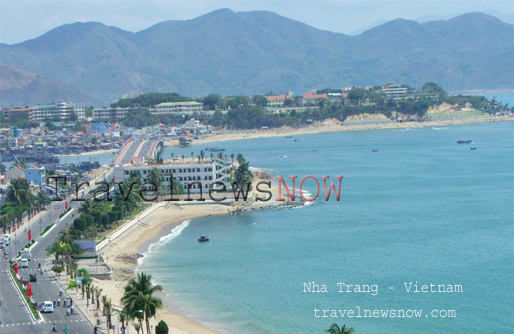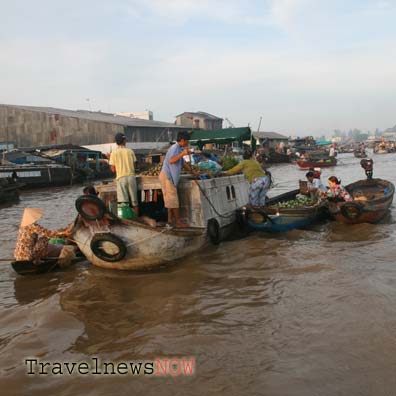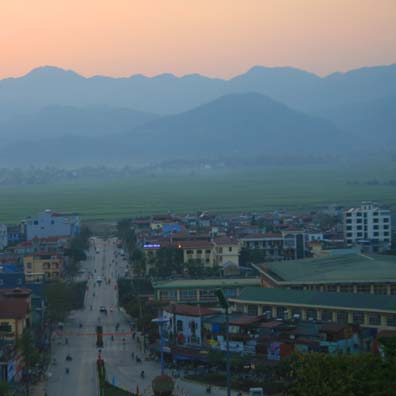Geographically the Vietnamese refer to their country as 3 regions: the North, the Central Region and the South. The Viet people in each of the 3 regions of Vietnam have a distinct version of the Vietnamese food. Say, food in the North tends to be fresh with steamed and boiled dishes; food in the Central Region tends to be spicy and food in the South tends to be sweet.
It was Hue that housed the last Royal Court in Vietnam and Hue cuisine has 2 versions: regular cuisine and royal cuisine. While both versions are well-known for being so delicious, the Royal Cuisine is delicate in choosing materials, preparing, cooking and in the way the food is displayed and decorated at meals.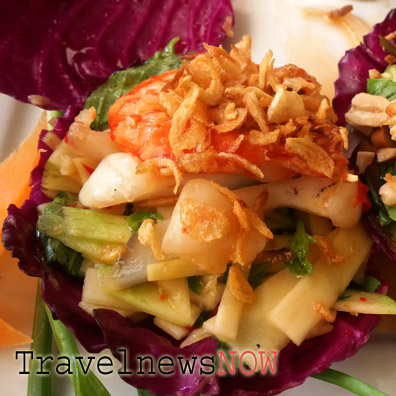
Ethnologically, there are 54 ethnic groups in Vietnam and the Viet accounts for 86.2% (1999 census) and most of the other ethnic groups live in the far northern mountains, in the mountains to the west of the Central Region, in the Central Highlands, in the Mekong Delta, and only some inhabit in cities. Each ethnic group have their own typical cuisine. So, the Vietnamese food certain influence from ethnic cuisine.
Historically, Vietnam was under Chinese rule for nearly a thousand years and under the French rule for 80 years. Vietnam has been in exchange of culture with neighboring like Thai food, Khmer food and Lao food… The result is that the Vietnamese cuisine bears the influence from different elements. And thanks to them all that the foreign travelers to Vietnam are most likely find the Vietnamese food just yummy!
A typically daily Vietnamese meal consists of steamed rice as the base and other dishes. The other dishes include steamed vegetable (in the North in the summer), fried vegetables, meat… The broths in the North tend to be bland (usually the water which boils the vegetables), spicy and sour in the Central Region and sweet and sour in the South.
Fish sauce (Nuoc Mam) is distinctive to Vietnamese food compared to other Asian cuisine. While Nuoc Mam can be considered the national condiment of Vietnam and most Vietnamese find it indispensable at their daily meals; Nuoc Mam may be banned from public transports (buses, airplanes…) if not wrapped carefully. This is because Nuoc Mam has an infamously horrible piquant smell that even enthusiastic Vietnamese diners can not accept it at other occasions than at meals.
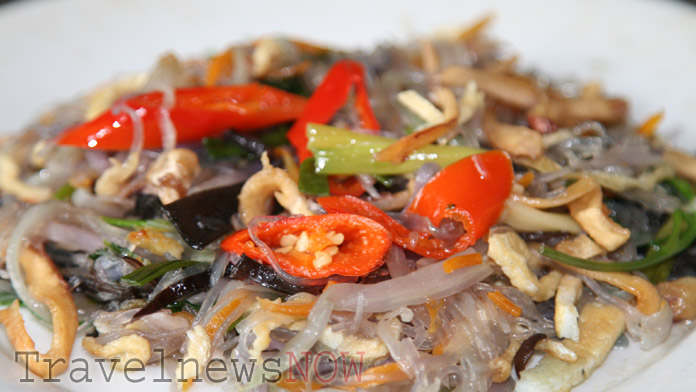
Fried mien noodle with seafood
If you have Nuoc Mam at meal and do not clean yourself properly after the meal, people who are close to you in public places can easily smell it! This is the reason that Nuoc Mam can be not used as a replacement to Eau de Parfum.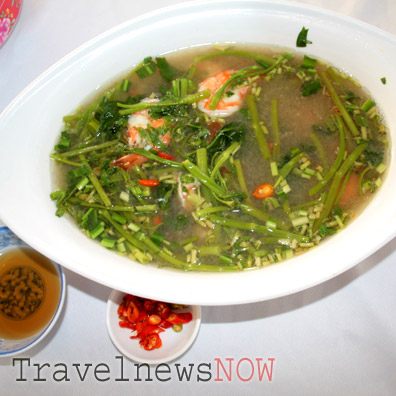
Compared to other Asian countries, the Vietnamese are the people who eat the least meat in their daily meals. A great portion of the meal is for rice and various vegetables; meat accounts for only a tiny portion. This could possible explains why the Vietnamese are smaller in comparison with their Asian counterparts. Within Vietnam, the Southerners tend to eat more meat than those in the Central Region and the North.
One of the reasons that the people in the Central Region eat salty and spicy food is that life in this region is the most difficult in Vietnam due to harsh weather conditions and due to that the Central Region is the skinniest part of Vietnam geographically, and most of the population lives along the coast and their life involves the sea. Salty and spicy food allows locals to save their meager food portion and could work fine in the cold waters of the sea.
Life is changing fast nowadays; living standards get better and people migrate frequently from one place to another bringing along their native cuisine. The Vietnamese food nowadays is changing as the result of the ever changing lifestyle of the Vietnamese. But foreigners to Vietnam could still get a feel easily as to the characteristics of the regional food in Vietnam.
One thing we could still observe and have found that the Vietnamese cuisine has been on a course of change for the better. This may be for that diners are more demanding which means choosing foodstuffs and preparing the food require more attention and cooking skills of the chefs be it in restaurants or at home. And of course the food has to taste better and better all the time!







